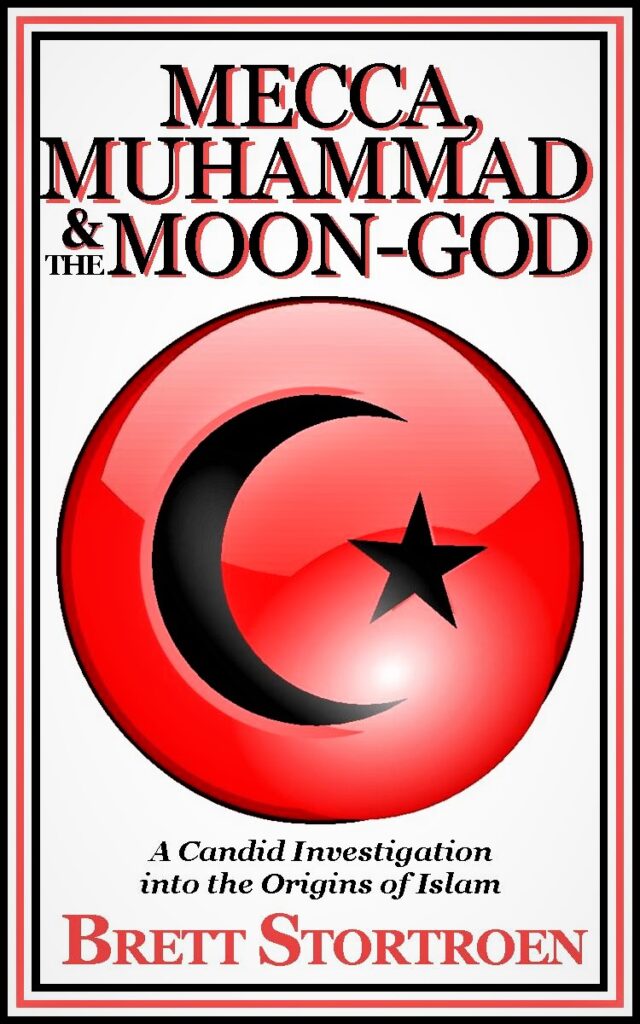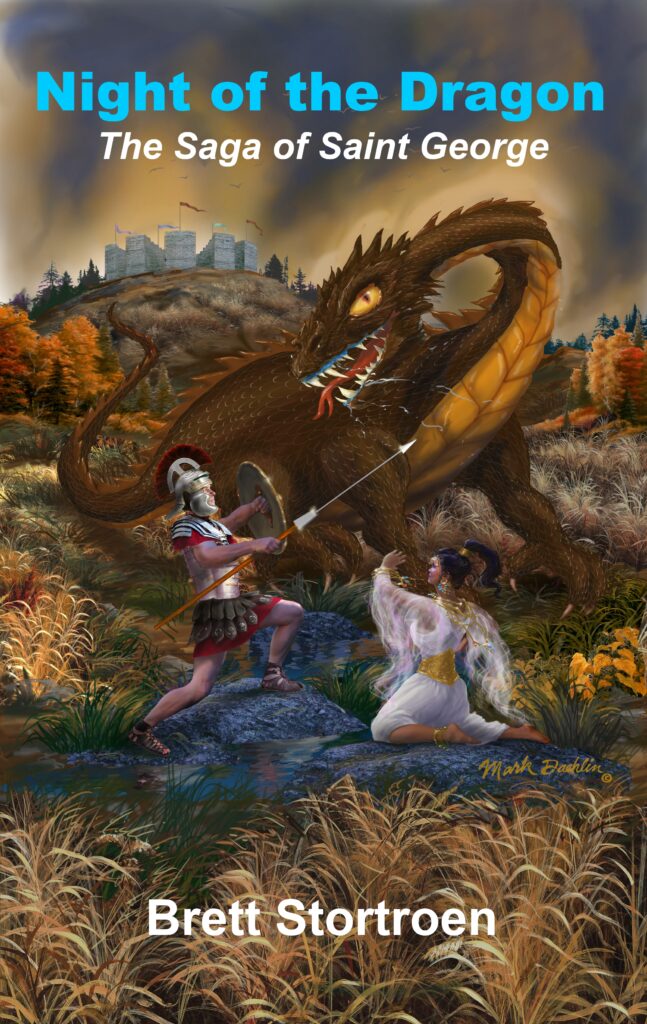TEN COMMANDMENTS STONE TABLETS FOUND!
At the foot of this hill there is an ancient rock inscription.




Many scholars now believe that it contains the Ten Commandments, including 3 instances of the Tetragrammaton, inscribed in old Hebrew letters.
The above inscription is very unique for several reasons. First, it is written in an ancient Hebrew script. Second it is located near the small town of Los Lunas in the State of New Mexico, USA. Third, the inscription is of the “Ten Commandments”.
This proves that a Semitic people, probably Hebrews, arrived in the Americas long before Columbus or the Vikings.
The above inscription cannot be a fake for the following reasons. The actual time of discovery of the inscription is not known but was known by the locals as far back as the 1850’s. At that time, the script of the text was unknown and therefore undecipherable. It was not until this last century that the ancient Hebrew (paleo-Hebrew) script was discovered in the Near East. Once this ancient script was discovered the Los Lunas inscription could be deciphered and was found to be a copy of the “Ten Commandments”.

When we compare the script on the Los Lunas inscription with the above inscription found in 1993 at Tell Dan in the land of Israel, we find that the scripts are almost identical. Below is a comparison of the scripts from both inscriptions

The Tel Dan inscription was written around 1000 BCE. Since the Los Lunas inscription uses the same script, it is safe to conclude that the Los Lunas inscription was written by a Hebrew people about 3,000 years ago. Other ancient Hebrew inscriptions have been found around the country including Tenessee and the Mississippi Valley.
Translation of the Los Lunas Inscription
The stone inscription is carved in old-Hebrew letters. These are almost identical in shape and font-style with Phoenician characters. Each line in the message is to be read from right to left. In the Hebrew written language there are no vowels. It only uses consonants.
Each statement is separated from the next one by a dot sign. This separation style is not uncommon for old Hebrew or Phoenician inscriptions. E.g. the Middle Eastern Moabite Stone (9th century B.C.E.) follows a similar pattern using dot separators between words.
The Los Lunas inscription starts with the top line, continues on the 3rd line, goes back into the 2nd line (that one was inserted later, hence the smaller line spacing !), it then goes on with the left half of the 3rd line and continues all the way down to the last line.
A detailed interlinear translation, which has been compiled from a careful drawing of the Los Lunas inscription, can be studied below:
Here is a modern-day English translation of the Los Lunas Decalogue:
I am Jehovah your God who has taken you out of the land of Egypt, from the house of slaves.
There must be no other gods before my face.
You must not make any idol. You must not take the name of Jehovah in vain.
Remember the sabbath day and keep it holy.
Honour your father and your mother so that your days may be long in the land that Jehovah your God has given to you.
You must not murder.
You must not commit adultery.
You must not steal.
You must not give a false witness against your neighbour.
You must not desire the wife of your neighbour nor anything that is his.
Directions to the Site… Click on the image for a larger view





